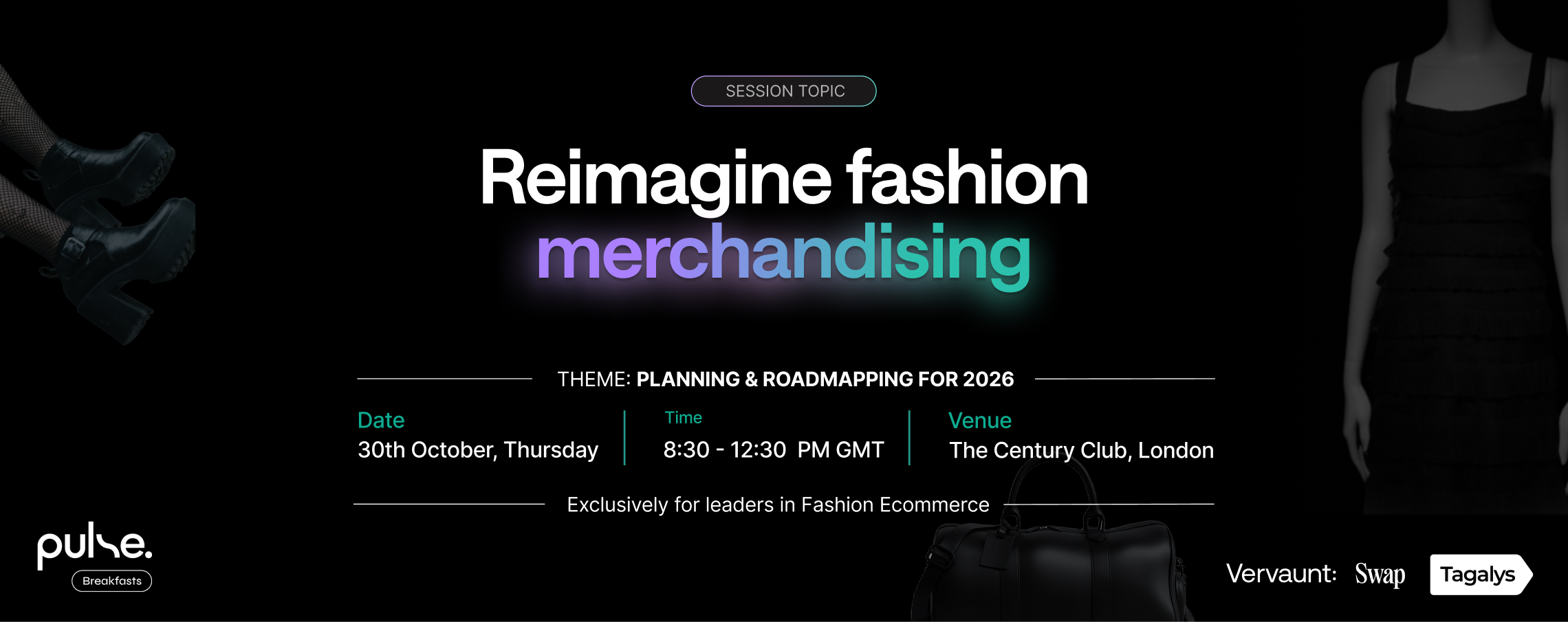Until a few years ago, people didn't use terms like Gen Z, Millennials, or baby boomers as often as it is used now. That’s because we see these generational groups exist together in the same society and tend to have a certain way of thinking, exhibit similar characteristics and preferences, and execute things in a certain way. Parenting, technology, and economics are the key factors that shape these generational groups. This doesn't imply that all individuals of a generation will have the same characteristics. At a personal level, everyone is different. With respect to consumer characteristics, each generation has significant differences in terms of purchasing and distribution channels, brand choices, loyalty, and communication with businesses. It is important to understand how a group of generations prefers to shop, which can help to shape marketing strategies appropriately. In this article, we outline the consumer traits of the soon-to-be largest cohort of consumers — Gen Z. The below image outlines some of the core values and consumer characteristics (in general) that make each generational group different.

How does Gen Z differ in terms of Consumer behaviour?
Consumer behaviour is the study of consumers' buying patterns based on the actions that drive them to buy and use certain products. It depends on various demographic, psychographic, behavioural, and geographic traits. It also involves how consumers think about the brand, ethics, marketing campaigns, social and economic factors, and more. As we are in a digitalized and fast-moving world, engaging consumers has always been a concern for the eCommerce industry. Irrespective of being an online store or offline, this is the era where customers expect hassle-free and immediate solutions to their problems. An understanding of the upcoming trends in consumer buying behaviour is essential for keeping up with the rapidly evolving eCommerce market.If we look at the buying behaviour by generation type, Gen Z is becoming an increasingly important part of the workforce. Now that the generation's older half is considered legally adults, many individuals have already started working. According to a study by the world economic forum, Gen Z will make up about 27% of the workforce by 2025 and would contribute about 30% of the total global population. They will soon surpass millennials as the most populous generation on the planet. This will affect the spending power and an understanding of how this generation spends will help marketers to tap the potential of Gen Z shoppers. They are new, progressive, and more racially and ethnically diverse than the generations before them. In this article, we will outline consumer preferences and understand the buying motivations of Gen Z. In terms of core values and characteristics, they are radically different than the millennials and other previous generations. As they are brought up in different socio-economic environments, they have different world views. They have distinct social preferences and when it comes to shopping and spending behaviour, it is no different. Let’s dive in to know more about it.
Gen Z are Savvy Consumers
Gen Z are born with smartphones in their hands and technology is integrated seamlessly into their lives. They are more pragmatic and weigh options before purchasing. For instance, as per PayPal Australia eCommerce Trends report, around 80% of Gen Z in Australia always look for sales and discounts, and 1 in 6 consumers only shop online when sales are on. This generation hesitates to buy products at full price and tends to wait for sales to go live. Moreover, they are more likely to skip their search (after an average of 5 browsing pages) if they aren’t able to find the right product on your website. Therefore, it's important to precisely merchandise to cater to this generation. Merchandising is the process of displaying products effectively to promote sales. To engage Gen Z consumers, retailers should optimize their online stores through merchandising. Visual merchandising is an effective way to increase visitor engagement and display the right products at the online store.Moreover, recommendations from actual users are more likely to have an impact on Gen Z than influencer marketing does. Hence customer reviews and ratings are crucial for them to arrive at a buying decision. In Addition, zoomers insist on having a seamless and smooth digital experience from the beginning to the end. To understand Gen Z’s purchasing decisions, retailers need to know that this generation demands transparency and attractive offers. Marketing to this generation should be strategically planned as it's difficult to pull the wool over their eyes.
Gen Z normalized thrift stores
Simply put, thrifting is buying used items at discount prices to support charities and sustainable fashion. Young generations increasingly support these online thrift stores that offer them vintage collections, branded and luxury items at a reasonable price and also make them a part of a good cause. According to a study by thredup, Second hand is becoming a global phenomenon and is expected to grow at 126% by 2026. Also, around 62% of Gen Z and millennials search for a second-hand item before purchasing it new, the reasons being fun getting better deals, affordable luxury brands, and sustainability.Social eCommerce companies like Poshmark and Depop have already garnered a Gen Z consumer base through apps to sell and buy second-hand clothes and accessories. Besides these key market players, there are online thrift stores like swop, The Closet, and swap up in Australia; Thriftsome, Community Thrift and Vintage, and Ready To Wear Again in Canada; Thrifted, Vinted, and Oxfam shop in the UK. Sustainability, affordability, and exclusivity are the key factors that drives the online resale market growth among Gen Z consumers.
Gen Z cares about Sustainability
Gen Z consumers tend to express their individuality and identity through unique approaches. This hyper-informed generation cares about the planet and therefore prefer sustainable products. It is not only about reducing pollution and waste but also addressing overproduction and supporting biodiversity. Sustainability does not limit to eco-friendly textiles or products but ensures equal and safe working conditions for employees. Gen Z is absolutely aware of these aspects and therefore there has been a positive shift towards sustainable fabrics, such as using recycled materials, using organic linen, hemp, cotton, and Tencel. They also tend to look for certifications from governing bodies such as Global Organic Textile Standard, and Forest Stewardship Council to ensure that the garments they bought have a lower impact on our planet.According to a survey study in 2021 by Depop and Bain & Company, brands that promise to produce sustainable products have a major impact on Gen Z’s fashion purchases. 90% of Gen Z have adjusted to being more sustainable in their daily lives. Gen Z prefers to practice sustainability through buying second-hand products, being aware of the materials included, and supporting brands that have a positive impact on society. For instance, Levi’s one of the biggest players in the fashion industry globally for good reason aims at Gen Z with their ‘Buy Better, Wear Longer’ initiative. They produce denim that has durability and long-term use and insists on reusing, repurposing, and reducing waste output through this initiative. Therefore, retailers need to align with Gen Zer's thoughts to produce more sustainable products to attract more customers.

Image Source: weforum
Gen Z is the omnipresent generation
Gen Z or Zoomers are often active on YouTube, Facebook, Instagram, TikTok, and Snapchat among others. As per Smartly.io’s survey data, around 82% of Gen Z consumers use social media to find new brands, compared to 57% of general consumers. And around 40 % of Gen Z consumers prefer Stories, Reels, or TikTok videos when seeing ads from brands on social media. Considering the fact that this generation is omnipresent, marketers should have an optimized social media strategy to tap these consumers shopping potential.

Source: Business Insider survey
To Summarize
It is no secret that Gen Z is the ‘born digital’ generation. They are an emerging customer segment globally, who are particular about environmental, social, and economical outcomes. As this generation is avid and whip-smart with plenty of options on the internet, they are likely to skip browsing if they don't discover the right product on your eCommerce site. Retailers can optimize their products page through online merchandising. We at Tagalys optimize the store for the highest conversion using the predictive online merchandising engine. You can Partner with Tagalys and merchandise your stores most effectively. This will increase visitor engagement and is likely to improve conversions. To unlock the potential of Gen Z consumers, it's essential to have a multichannel presence and learn the ropes to cater to this generation.














.svg)
.svg)
.svg)
.svg)
.svg)
.svg)



.png)

.png)
